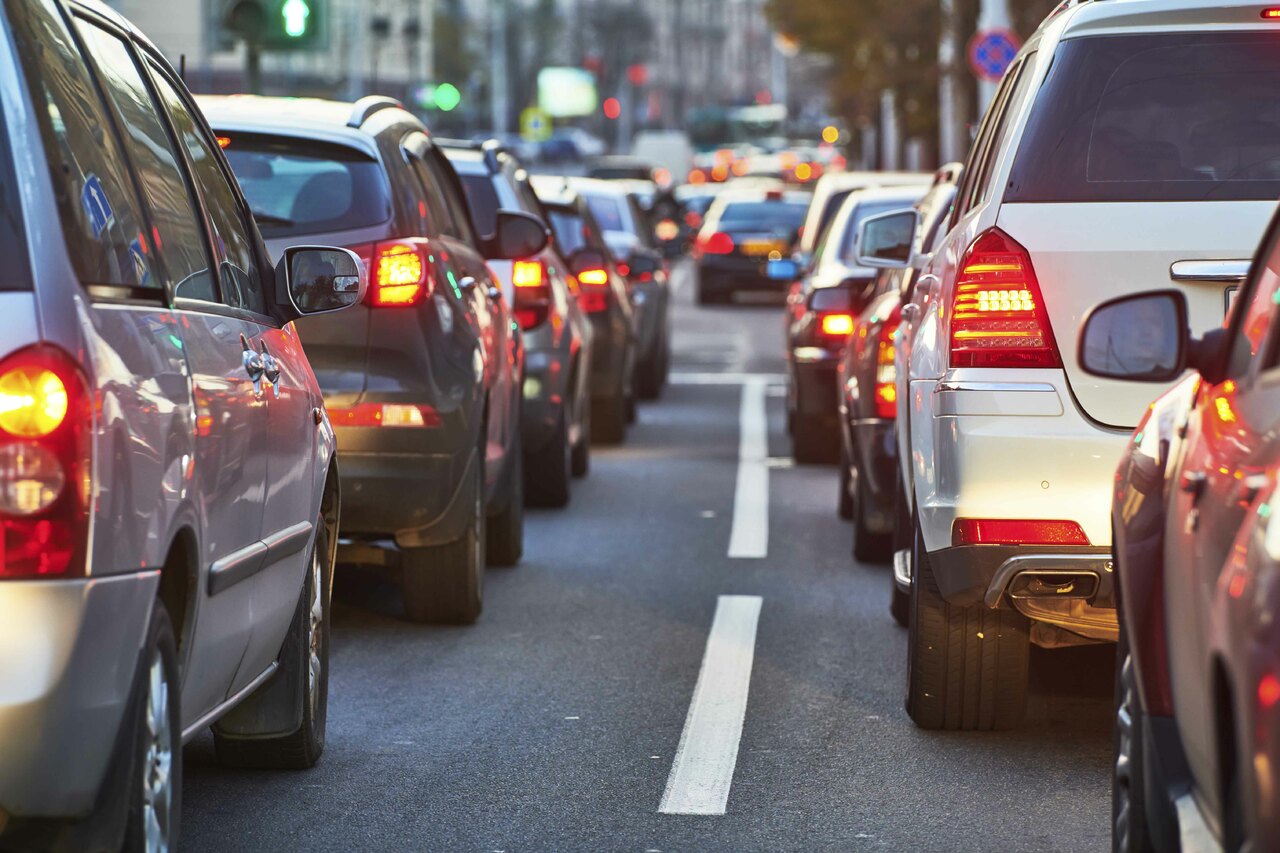
Fall in air pollution from traffic since Covid-19 restrictions
According to the Environmental Protection Agency, nitrogen dioxide levels have dropped in tandem with the sharp fall in car use over the past months.
by Niall SargentA CLEAR LINK has been found between a decrease in air pollution and Covid-19 movement restrictions, new research by the Environmental Protection Agency (EPA) shows.
According to the environmental watchdog, there was a noticeable decline in nitrogen dioxide (NO2) levels towards the end of March and the beginning of April.
The Agency analysed air quality data from its national monitoring stations from 12 March when schools closed and commuter traffic levels was expected to decline as employees were encouraged to work from home.
- (Read more here on how you can support a major Noteworthy project to examine the scale of air pollution in Ireland and the impacts on the health of our vulnerable citizens.)
People with asthma, as well as children and the elderly are more susceptible to the chemical that can affect the throat and lungs with emphysema and cellular damage among other health issues.
NO2 is emitted when vehicles burn petrol or diesel and the EPA observed the largest decreases in NO2 at urban traffic stations. In line with the EPA findings, researchers at University College Cork (UCC) last week revealed that car pollution has dropped by 50% since Covid-19 restrictions began.
All across the world, and particularly in those hardest hit by the coronavirus pandemic, data shows that NO2 from cars and power plants declined as movement was restricted.
Last year, the EPA reported that NO2 levels in Dublin with heavy traffic loads such as the M50 motorway, the entrance to and exit from the Dublin Port Tunnel, and certain city centre streets are possibly exceeding EU limits.
Data on air quality released by the Central Statistics Office last year shows that Ireland is a poor performer in Europe, ranking worst for nitrogen oxide levels across the bloc.
The European Environment Agency estimates that air pollution causes the premature death of around 1,200 Irish people every year.
Most deaths are, however, linked to fine particulate matter (PM2.5) from the burning of solid fuels such as peat, wood, and coal.
Transport is also the largest source of energy-related carbon emissions in Ireland, accounting for 39 per cent of the share in 2018. Emissions in the sector are rising fast, projected to grow until at least 2022.
Air pollution concentrations are highly variable, changing from day to day due to fluctuations in emissions such as commuter traffic, as well as changes in weather patterns.
As such, the EPA is currently analysing NO2 concentrations from multiple previous years in order to provide a more definition analysis that will be released later this year.
#Open journalism No news is bad news Support The Journal
Your contributions will help us continue to deliver the stories that are important to you
Support us now
SOMETHING IN THE AIR Investigation

Do you want to know more about the main causes and impacts of air quality in Ireland?
The Noteworthy team want to do an in-depth investigation into this issue to find out what is causing the problem, what we could be doing to tackle it, and how it impacts on the health of our most vulnerable citizens.
Here’s how to help support this proposal>
